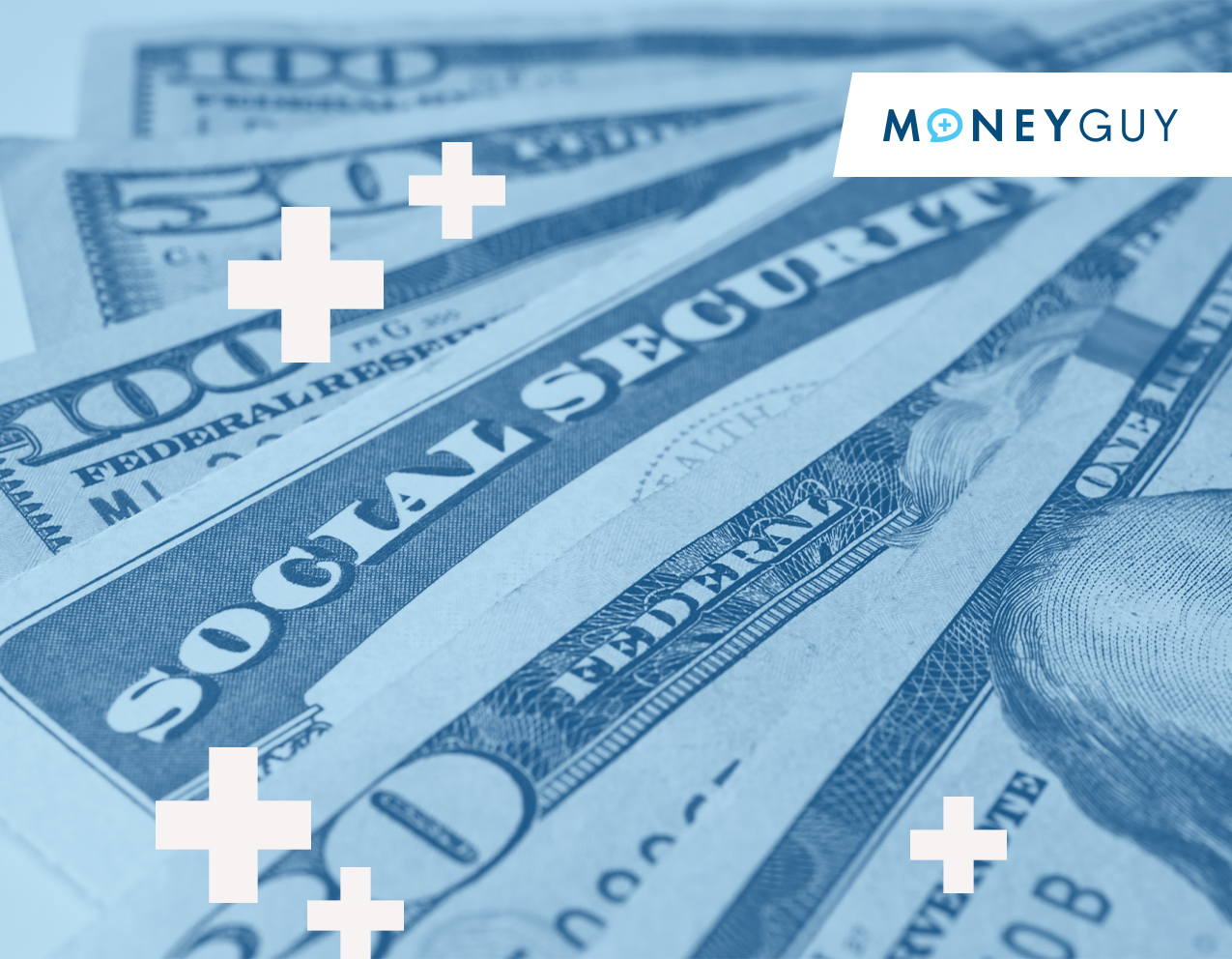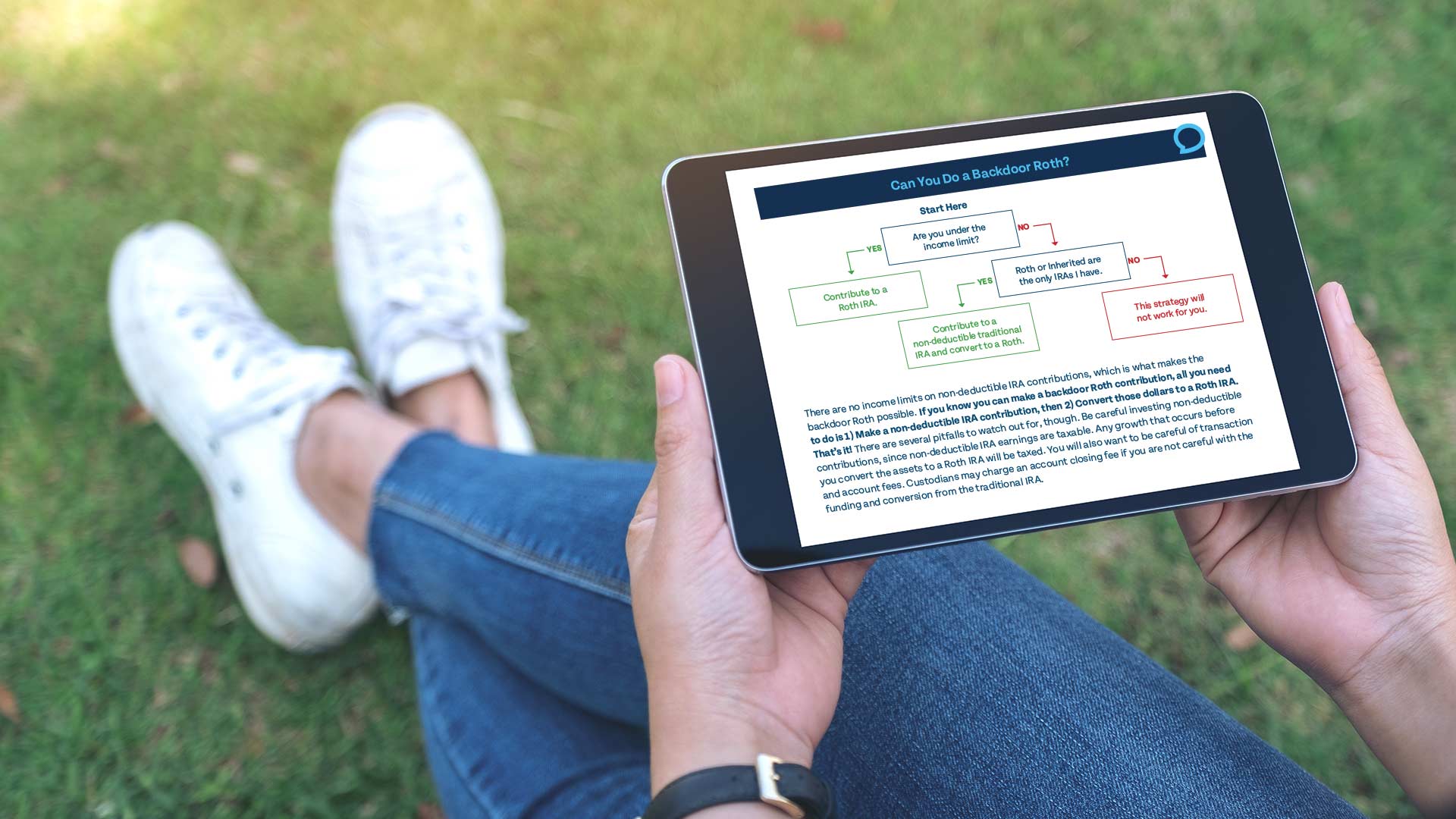
Change your life by
managing your money better.
Subscribe to our free weekly newsletter by entering your email address below.

Subscribe to our free weekly newsletter by entering your email address below.
If you’re not sure what to do with your old 401(k), listen up—this is crucial.
401(k)s are one of the best savings tools available to Americans. In fact, they’re often the first account where people become millionaires.
A 401(k) is a tax-advantaged, employer-sponsored retirement account.
You get tax incentives for contributing.
The account is offered by your employer.
But here’s the catch:
When you leave your job, you have to make a decision about what to do with your 401(k)—and a lot of people get this wrong, which can cost them big time.
Let’s get something straight right now:
❌ Do NOT cash out your old 401(k).
It might feel like an easy way to get quick cash, but it’s usually a terrible idea.
Here’s why:
If you’re under age 59½:
You’ll pay a 10% early withdrawal penalty.
No matter your age:
You’ll pay income taxes on the entire amount.
That means the money you worked hard to save gets slashed by penalties and taxes—reduced to dust.
💡 Exception: There are IRS-approved hardship withdrawals, but these are rare.
Still, a shocking 41% of employees cash out their 401(k) when leaving a job, and 85% of those drain the entire balance.
That’s like sounding the DEFCON-1 alarm in the world of financial planning.
If your employer sends you a forced plan distribution (usually for small balances), don’t panic:
You have 60 days to deposit that check into a qualified account.
If you don’t, you could get hit with the same penalties and taxes.
The best option for your old 401(k) depends on a few factors. Here’s how to think it through:
If it’s over $7,000, you can often leave it with your old employer.
✅ Pros:
Easy—no action required.
You like the investment options in that plan.
No need to worry about rollovers yet.
You have two main options:
Best if:
You don’t have a new employer plan.
You want more investment flexibility.
You want to avoid rollovers again in the future.
Best if:
You like the investment options in your new plan.
You want to retire early and need penalty-free access at 55.
You’re planning to use backdoor Roth conversions in the future.
🎯 Either way, make sure you actually invest the money once it lands in your new account.
This is a major mistake.
Vanguard found that nearly 30% of 401(k) rollovers sit in cash for over a year.
Many of those sit untouched for 7+ years.
That’s 7 years your money could have been growing—but instead, it lost value to inflation.
Even if you had invested in low-cost index funds, your money might have doubled in that time.
If you’re starting a new job:
Set up your new contributions ASAP.
Get your full employer match—this is free money.
According to Fidelity:
📉 1 in 4 Americans don’t get their full match.
That’s like turning down a guaranteed 50%–100% return on your money. Don’t be that person.
✅ Roll over your old 401(k) smartly.
✅ Don’t cash it out.
✅ Don’t let it sit in cash.
✅ Contribute to your new 401(k) and get the match.
✅ Invest your dollars and let them grow.
📄 Need help?
Download our free flowchart at moneyguy.com/resources to assess your 401(k) options.
And don’t forget to subscribe for more financial guidance!
Subscribe on these platforms or wherever you listen to podcasts! Turn on notifications to keep up with our new content, including:
If you don’t know what to do with your old 401(k), listen up.
Guys, I am so excited about this because 401(k)s are one of the best saving tools available to Americans. In fact, it’s usually the first account where millionaires cross that elusive seven-figure status.
As a short refresher, a 401(k) is what’s known as a tax-advantaged, employer-sponsored retirement account. All that means is that contributing to a 401(k) comes with certain tax incentives and that the account is offered by your employer. Here’s the catch—when you leave that employer, you have to know what to do with the account. A lot of people mess this up, and it can cost them big time, both now and in the future.
One thing that won’t cost you big time, though, is hitting that subscribe button. In fact, it costs you nothing at all. So hit it if you haven’t already, and let’s dive in.
[Music]
Before we talk about what to do, there’s one thing that in 99.9% of situations you should absolutely not do. All right, come here—a little bit closer. A little bit closer. Do not—I repeat, do not cash it out. Don’t do it.
This may seem like a good way to get cash in hand quickly, but more likely than not, it will blow up in your face. It can cause you huge problems. For anyone under the age of 59½, cashing out a 401(k) triggers an immediate 10% penalty. And regardless of your age, you have to pay taxes on those funds. That means a huge amount of the sacrifice that you made to save those dollars is immediately evaporated—gone—reduced to atoms.
There is an exception to this rule for hardship withdrawals that meet a specific set of criteria as established by the IRS, but these situations are quite rare. And yet, 41% of employees cash out their 401(k) when leaving a job, and of those, 85% drain the entire balance—as though it were just found money.
As a financial adviser, for us that is DEFCON 1—alarm bells ringing, get-to-the-lifeboats type situation. Cashing out of a 401(k) should only be done as a last resort—a break-glass provision.
Now, you might be watching this because an old employer has cashed out an old 401(k) for you and now you’re freaking out. Are you just going to get hit with taxes and penalties just for leaving a job? The short answer is no. If a former employer does this, they’ll issue you a check called a forced plan distribution, and you have 60 days to deposit that check into an acceptable account. Don’t worry—we’re going to go over all of that in this video.
So when it comes to what you personally should do with your old 401(k), only you can make that determination. But there are a few things that you should consider.
You need to know the balance of your old 401(k). If it’s over $7,000, you can just leave it at your old employer. This can be a great option for a few reasons: it’s easy, it allows you to keep the investment options that are already in the plan if you like those options, and you don’t have to worry about consolidating the accounts or doing a rollover into a new plan.
(By the way, “rollover” is just a fancy word for transferring funds from an old 401(k) into a new eligible account—and we’ll get to that shortly.)
If the balance is less than $7,000, you’re not happy with the investment options in your old 401(k), or you’re wanting to consolidate accounts to simplify your portfolio, you’ll have to answer some questions specific to your situation.
First, if you don’t have access to a new plan, or the options in your new plan are less than ideal, rolling the funds over into an IRA will likely be the best way to go. But if you do have a new plan, and it’s one with really good options, the decision is a little more nuanced.
If this is the case, you’ll need to decide whether to roll it into your new 401(k) or into an IRA. You may lean towards the IRA if you want more flexibility and freedom with the investment options, or if you don’t want to have to worry about the rollover provisions after changing jobs in the future.
You may lean towards the 401(k) option if you’re retiring early and that’s a priority, or if you want to do backdoor Roth conversions in the future. (But that’s again for a separate video.)
And no matter which of these options you pick—401(k) or IRA—it is crucial that you actually invest the dollars.
Vanguard found that nearly 30% of 401(k) rollovers are left in cash for over a year, and those same accounts are more than likely to be left in cash for more than seven years. Think about how much money that costs you. It literally makes my skin crawl.
Even if that money had just been invested in low-cost index funds, in seven years it had the potential to double. But instead, it just sat there, collecting dust, losing purchasing power because of inflation, sitting there wondering, “Will I ever be invested again?” Don’t let that be your situation.
No matter what you’re doing with your old 401(k), if you’re starting a new job that offers a 401(k), you might also need to set up your new contribution amounts and investments. If that’s the case, please, please consider setting up your new plan contributions to get your full employer match—whatever that is. It’s free money.
According to Fidelity, one in four Americans are not getting their full employer match. That is literally a guaranteed 50—or maybe even 100%—return on your money, and yet a quarter of Americans are saying, “Nah, I’m good. I don’t like free money.” That is hogwash.
Take an active role in your finances and put your dollars to work. Get your full employer match. Invest those dollars.
If you want all of this information in one place, we have a free flowchart on how to assess your 401(k) situation at moneyguy.com/resources. Be sure to check it out.
Oh, and by the way, subscribe if you haven’t already.


When Should I Claim Social Security?
Social Security can have big impacts on your retirement. But knowing when to draw Social Security can depend on a…
View Resource
The Money Guy Guide to Retirement
Here are 9 insights you don’t want to miss… Whether you are 30 years away from retirement or 5 years…
View Resource
Got An Old 401(k)?
Deciding what to do with your old 401(k) can be a pain. We're here to make it easy.
View Resource


How about more sense and more money?
Check for blindspots and shift into the financial fast-lane. Join a community of like minded Financial Mutants as we accelerate our wealth building process and have fun while doing it.




It's like finding some change in the couch cushions.
Watch or listen every week to learn and apply financial strategies to grow your wealth and live your best life.
Subscribe to our free weekly newsletter by entering your email address below.